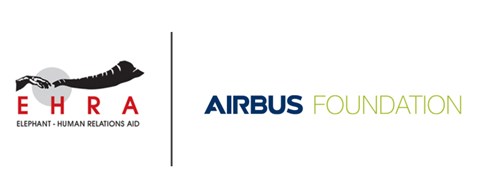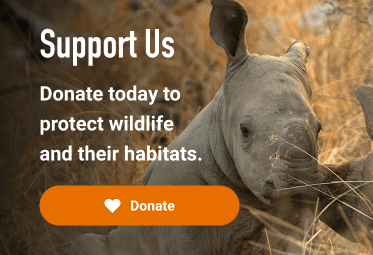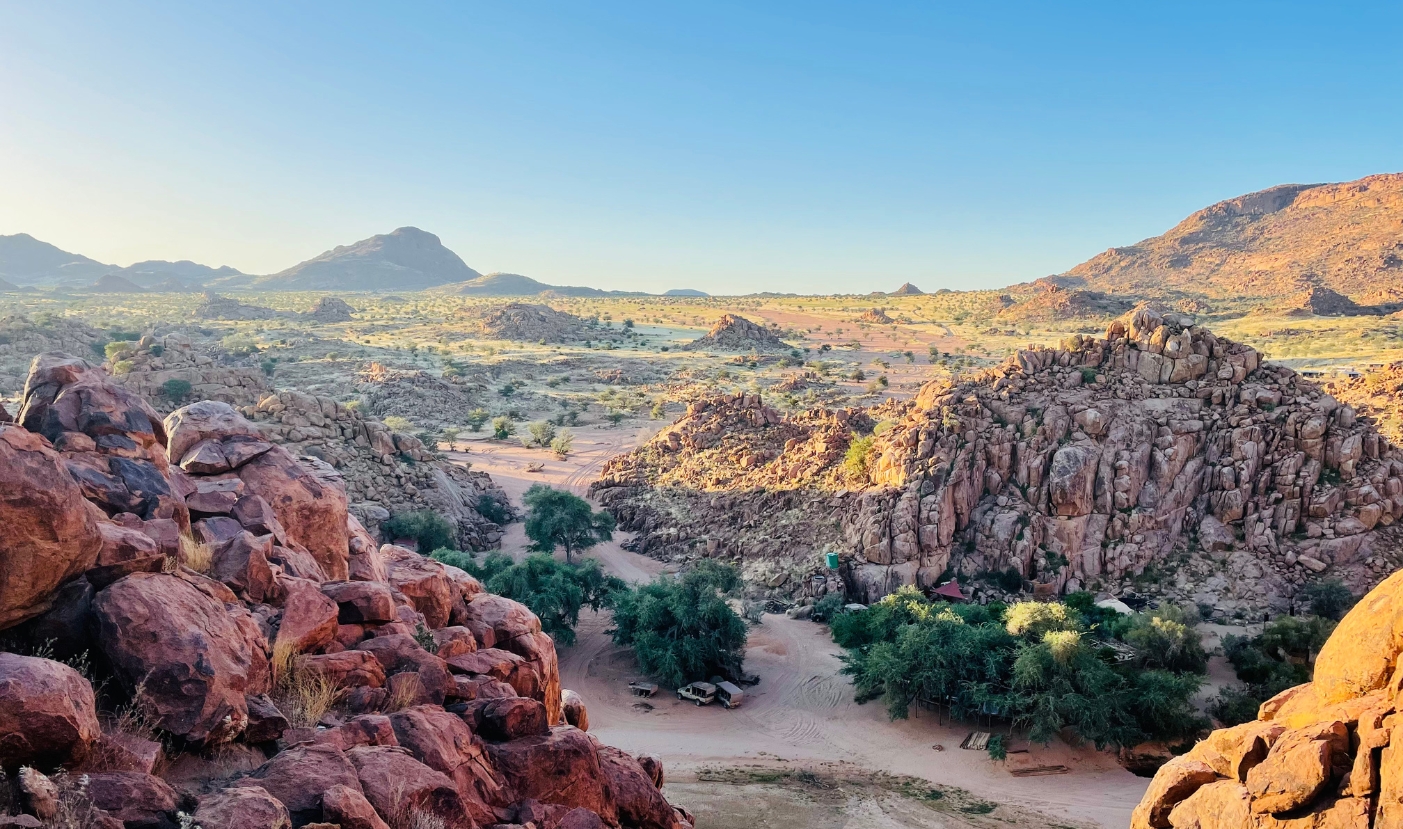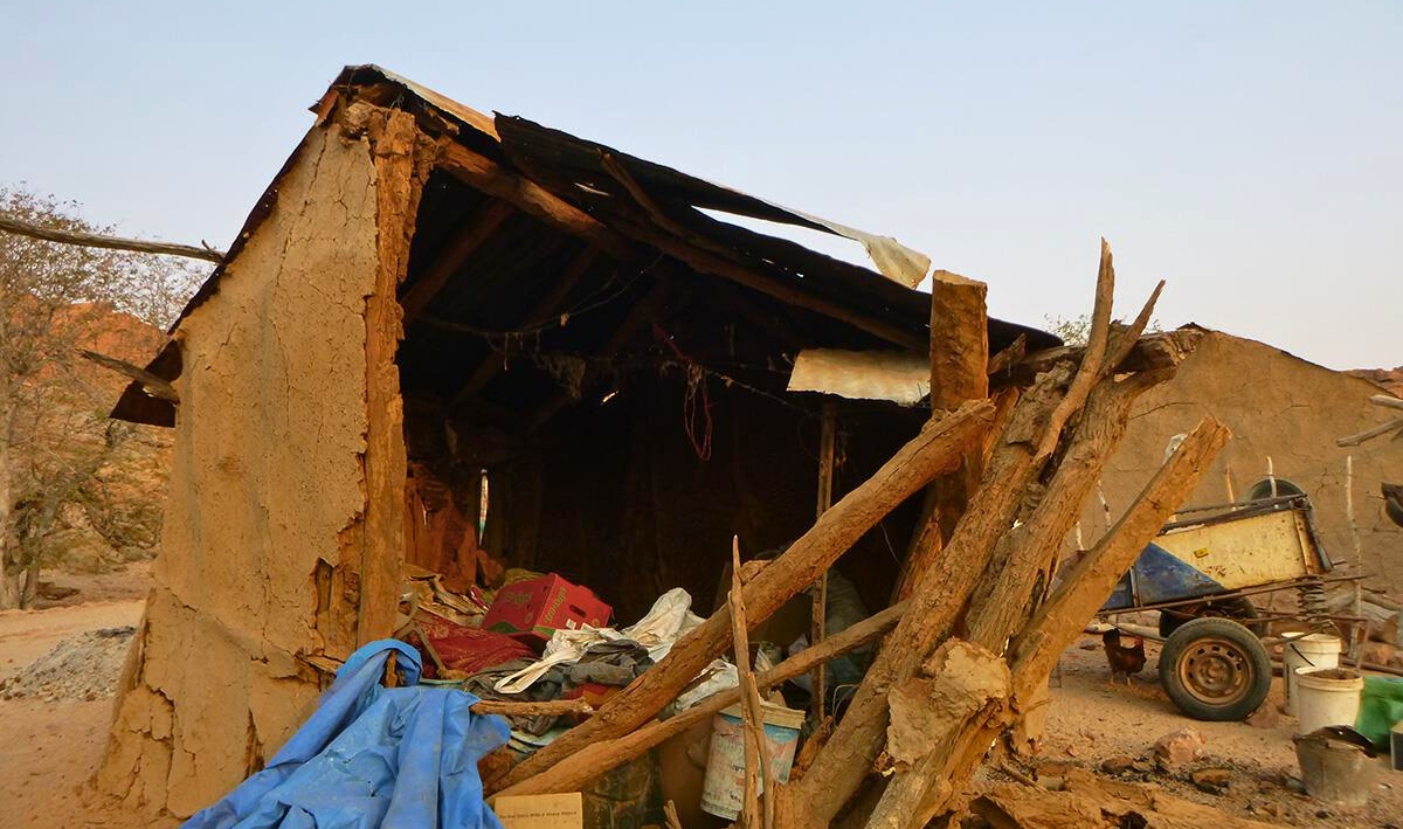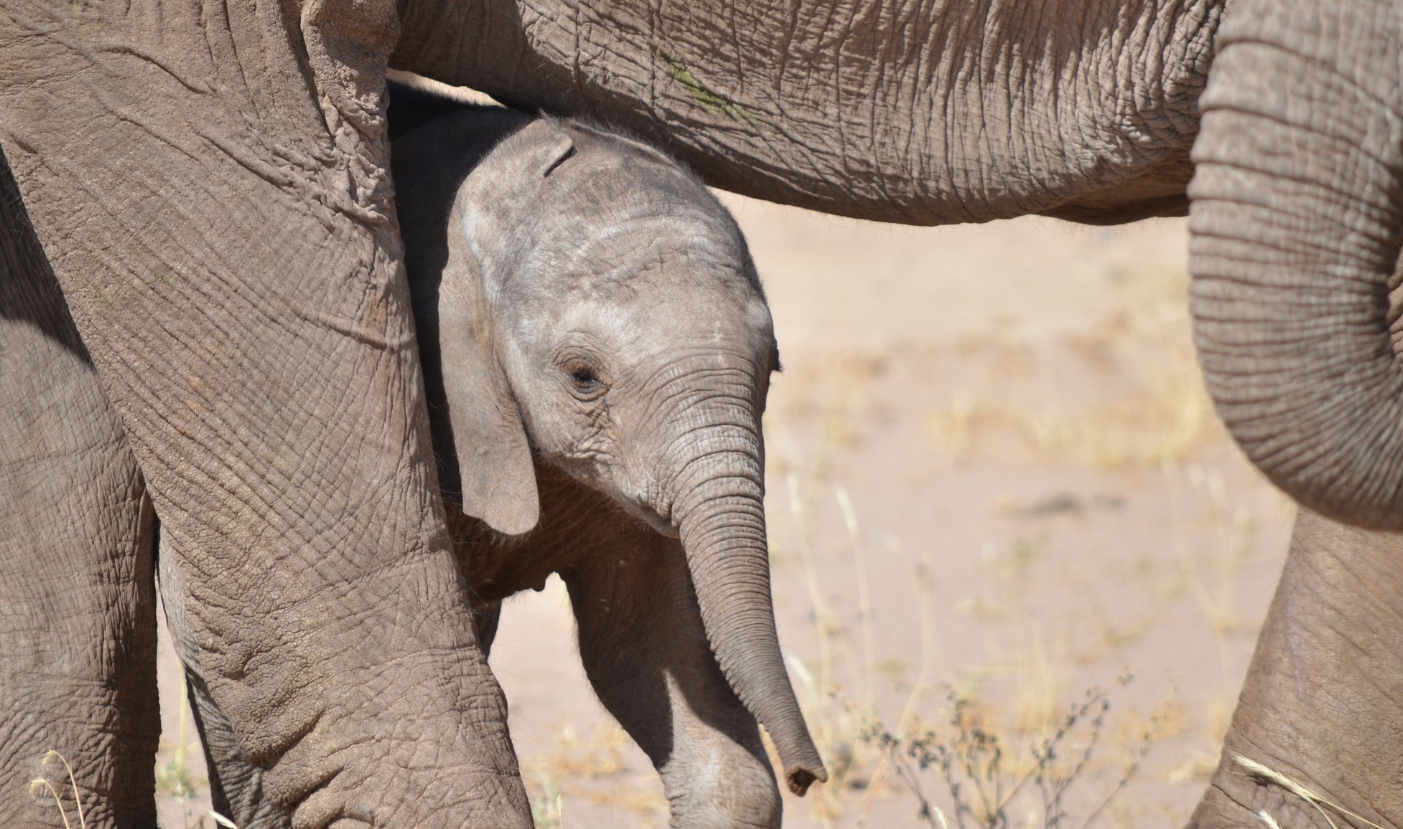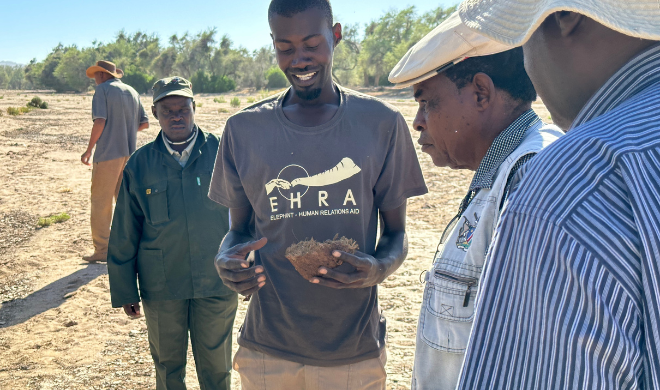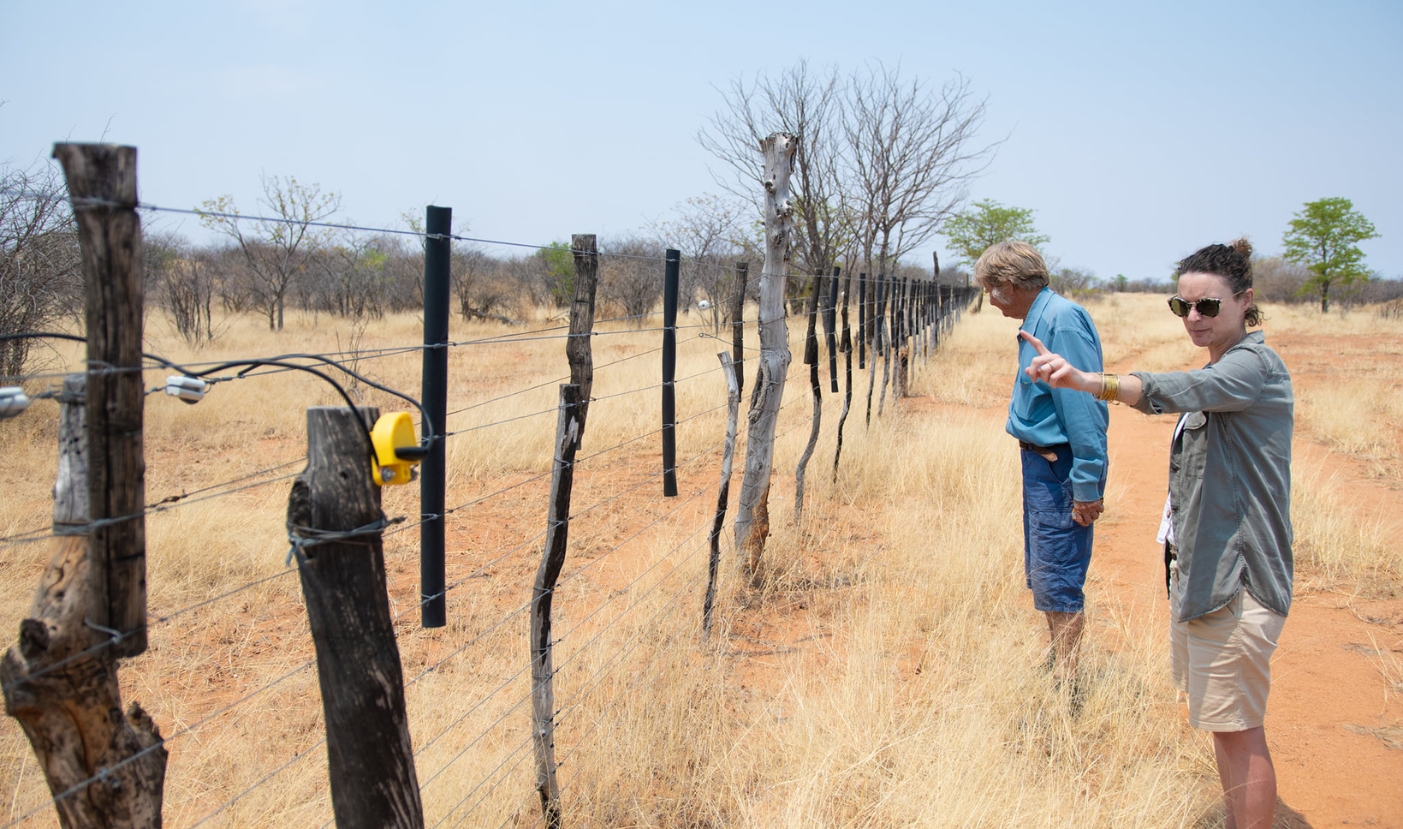Saving Namibia's Desert Elephants
Partners: Elephant-Human Relations Aid and Airbus Foundation
Key Species: Desert Elephant
2023 Award Winner
In the harsh and arid landscapes of northwest Namibia, a gripping tale of survival unfolds between the majestic desert-dwelling elephants and the resilient commercial farmers. This ongoing human-elephant conflict (HEC) has led to devastating financial losses for farmers and, tragically, is the main cause of the declining elephant population.
Namibia’s desert-adapted elephants live in small subpopulations roaming ephemeral riverbeds across the entire arid northwest of the country. Despite their resilience and adaptability, Namibia's desert elephants face numerous threats, including habitat loss, human-wildlife conflict, and poaching for their ivory. This project focuses on the southernmost population of desert elephants, of which only 21 remain today and the eastern elephants that stay clear of the desert. Although equally impacted by the above-mentioned threats, the latter population stays relatively stable at an estimated 85 elephants. Calf mortality is significantly higher in the desert population, adding to the urgency of finding a solution to the ongoing conflict.
Elephant-Human Relations Aid (EHRA)
Since 2003, the Elephant-Human Relations Aid (EHRA) has been on a valiant mission to secure the long-term survival of Namibia's famous desert-dwelling elephants living outside national parks.
Elephants roam and migrate across farm boundaries, which unfortunately can result in significant damage to fences, crops and other infrastructure. Tragically, these conflicts can escalate to the point where elephants are shot in retaliation. In order to prevent such human-elephant conflicts (HEC), it is crucial to implement better land use planning, establish wildlife corridors and utilise coexistence techniques. By doing so, we can help ensure elephants have the right to safe passage through landscapes and access to historic migrant routes and crucial food and water resources.
Mapping Elephants' mysterious movements and motives
EHRA is conducting a detailed analysis of each property across the landscape through direct surveys and remote sensing. They're mapping fences, land uses, rivers, water points, and main elephant pathways to uncover the secrets of these elephants' movements and find long-term solutions for individual farms and the landscape.
EHRA's extensive mapping exercises will combine on-the-ground elephant tracking data with donated high-resolution satellite imagery and funding from Airbus Foundation and Connected Conservation Foundation to understand what the elephants are doing and why.
This information will help inform direct conflict mitigation methods, such as identifying main elephant corridors and farm break-through points for the implementation of elephant-friendly fences. Most farmers would be happy to tolerate elephants on their land if they didn't break fences.
Creating a harmonious future for elephants and farmers
One innovative approach they're testing is a two-way bounce-back "elephant-friendly" fence at the entry points most frequented by elephants. If proven successful, these fences could be the key to ending the conflict, fostering a more tolerant attitude towards elephants within the farming community.
The Satellite Imagery will also help EHRA raise awareness of the issues and promote the coexistence of humans and elephants, and help increase the long-term survival chances of the free-roaming elephant population. The outcomes of this work will contribute to conservation projects run by EHRA and the Ministry of Environment, Forestry, and Tourism (MEFT), aiding the expansion of the corridor project and ultimately creating a more harmonious future for both elephants and farmers in Namibia.
What did we learn from this project?
Learn how these efforts identified key drivers and informed the establishment of elephant corridors over on our Ecosystem Insight Hub.
